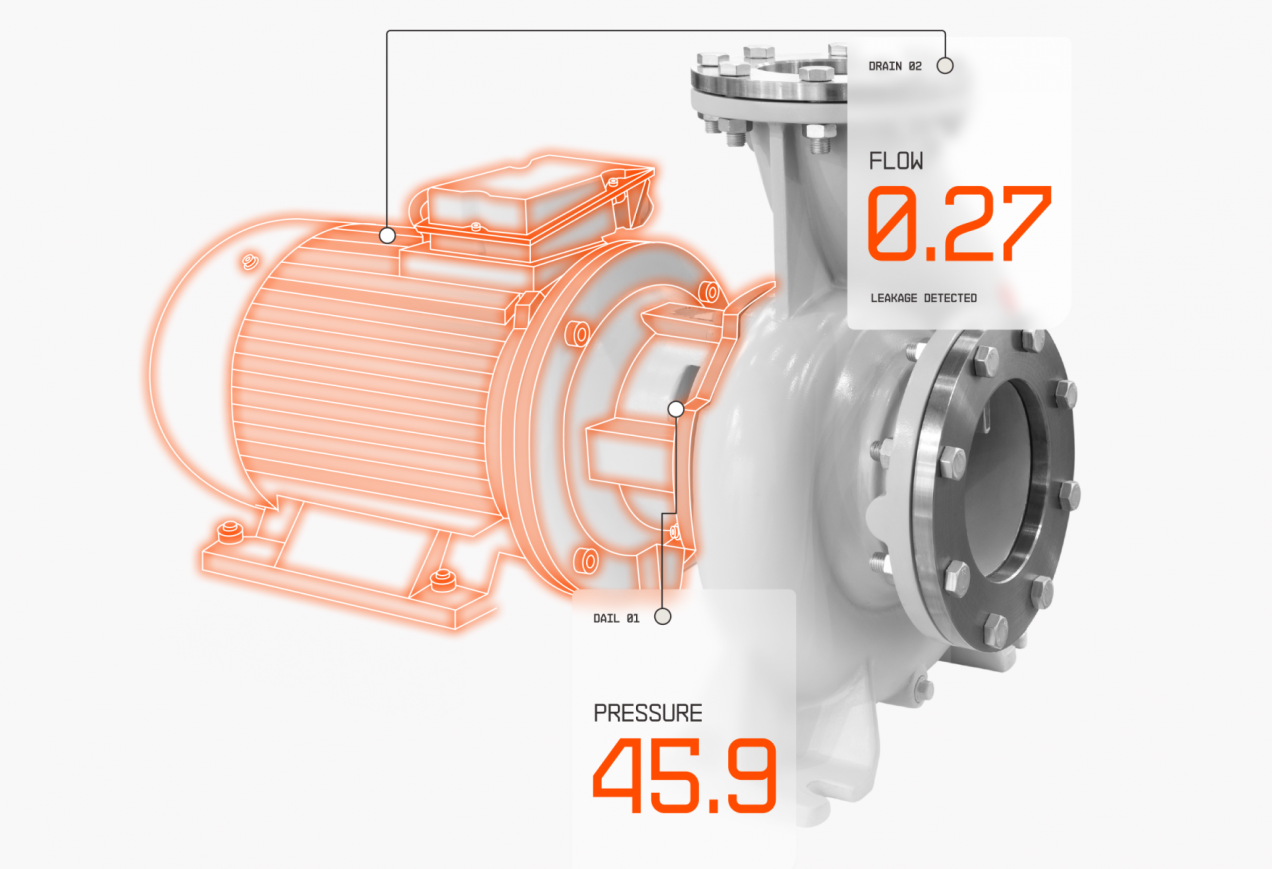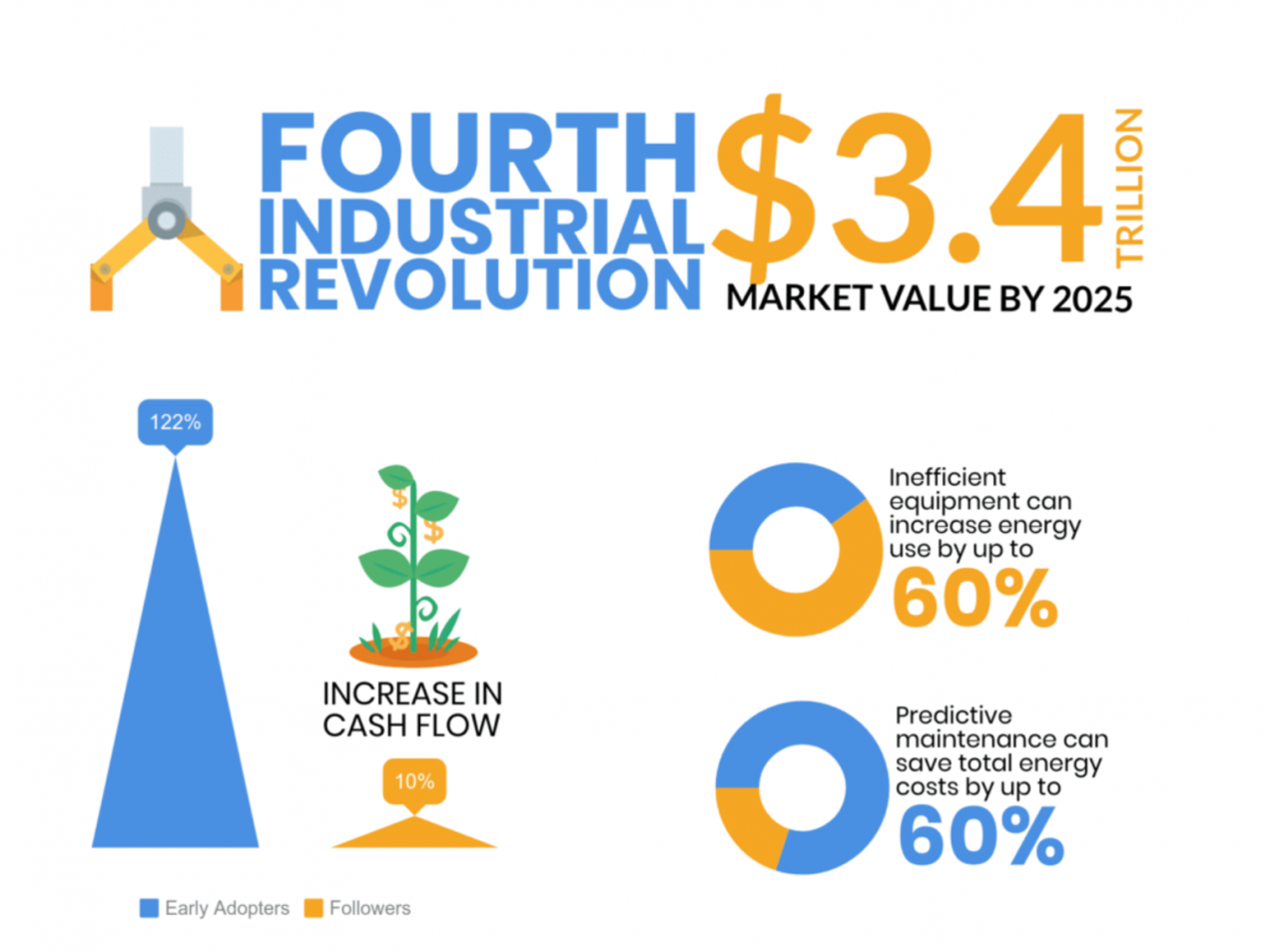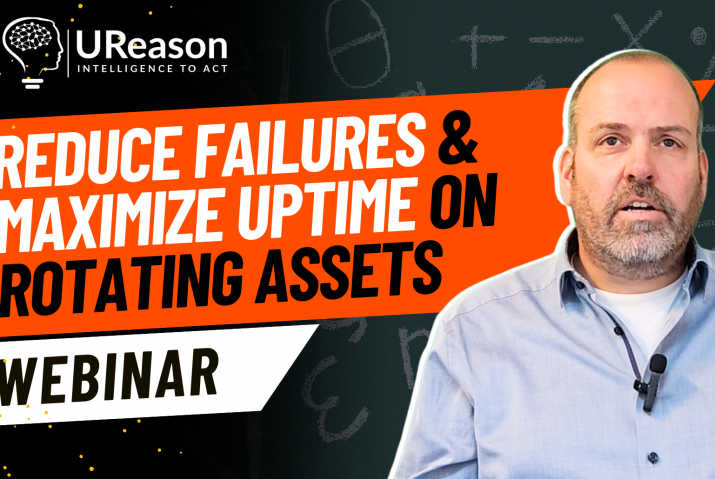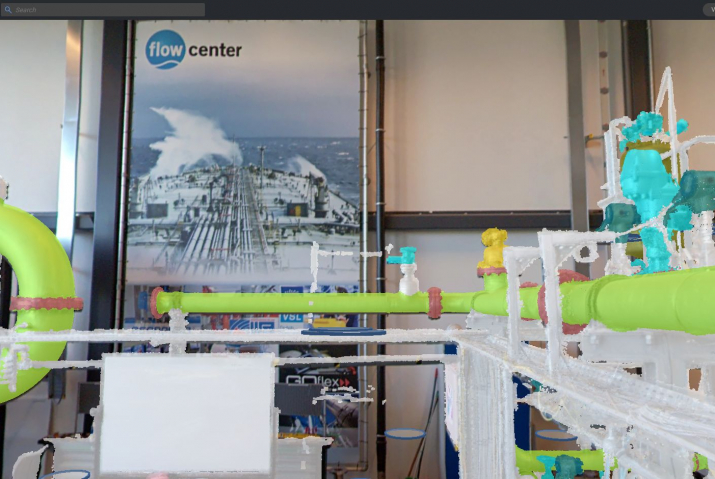
The Power of Big Data
Smart companies are saving millions of dollars on their industrial assets using big data to predict and resolve problems before they even arise. That means lower maintenance costs, higher efficiency, more uptime and less unplanned outages. But to get the most out of big data, you have to look for it in the small places.
“To get the most out of big data, you have to look for it in small places.”
A wealth of data is available in your valves and pumps that can become your eyes and ears, listening to sounds and vibrations and measuring temperature and pressure to gather a wealth of data about how your equipment is behaving. This is called condition based maintenance (CBM). Then, predictive analytics solutions use artificial intelligence to make models that can forecast when there is a need for maintenance or when a failure is likely, helping managers with intelligent decision-making to:
- Get the most out of their equipment
- Save time and money on unrequired maintenance
- Act before any unforeseen breakdowns occur
“More than three times the original cost of a valve is spent on maintenance during its life cycle.”
Valves, for example, are a major ignored source of cost saving. More than three times the original cost of a valve is spent on maintenance during its life cycle, research shows, and more than two-thirds of this spending does not have any impact on uptime at all. On the other hand, an unplanned breakdown because of a pump misalignment for example can cost up to a million dollars in a few days. And that is why asset owners with a vision are opting for Asset Performance Management solutions that move them from corrective maintenance, fixing after a breakdown, to predictive maintenance well before the failure and delivers much more on every dollar that goes towards maintenance cost.

Five definitive ways in which this use of big data can save you big money:
1. Less downtime
If it ain’t broke, don’t fix it, goes the adage. With condition based monitoring, you can see how your valves and pumps are behaving. Then, machine learning algorithms combine historical and real-time data to help you decide when they need repairs.
“Predictive analytics can reduce unneeded scheduled downtime by 50%.”
There is no need to pull things apart for unneeded periodic maintenance. Smart decision making based on predictive analytics can reduce unneeded scheduled downtime by half. And when there is a need for maintenance, you don’t have to repair a valve and put it back only to find out the problem persists. Predictive analytics can help you find out exactly where the problem is and fix it. Unplanned outages are reduced by 50 percent because of the ability to predict failure.
In short, you keep an eye on how your valves and pumps are behaving, maximising the uptime and reducing the downtime. You can get the most out of your valves and pumps by optimum usage over their life cycle. And most importantly, the increase in availability results directly in faster production times, making your plant more suited to meet contemporary manufacturing challenges.
2. Cheaper maintenance
Repairs can often be costly. The most expensive repairs, in terms of return on investment, are not the ones that required the most money to carry out, but the ones that you did not need in the first place, or that have no effect on your uptime. Research shows that up to a whopping 70 percent of industrial asset repairs can fall in the latter category.
“Maintenance costs can go down by up to 25% and the spending on preventive maintenance can be halved.”
Only a fifth of all asset failures are related to age. The rest appear randomly. Predictive maintenance removes guesswork from the process of maintenance, thus saving a significant sum of money on unneeded repairs. Overall maintenance costs can thus go down by up to 25 percent, and the spending on preventive maintenance can be halved.
3. Less staff deployment
The future of manufacturing is not about a short-sighted reliance on low-paid and over-worked maintenance staff, but in the use of state-of-the-art predictive maintenance solutions to optimise the productivity of highly skilled personnel who are able to understand your assets.
“Four fifths of equipment failures are unexpected.”
Four fifths of all equipment failures are unexpected, and plants that depend on corrective maintenance have to arrange unscheduled deployment of repair staff. These unscheduled deployments are very costly. Such costs can be cut considerably and staff productivity enhanced significantly if predictive maintenance can forecast failures. You and your maintenance staff would know well in time what their work schedule would look like.
On-site engineers and maintenance staff will also be much more productive if they have tools to monitor the condition of their assets to make more informed decisions. This can reduce man-hours as well as stress, leading to lower costs and higher effectiveness.
4. Energy efficiency
If your pumps are working even slightly off their optimum efficiency points, their performance can decline very fast, and their energy needs rise quickly. Blind maintenance at regular intervals leaves no possibility saving this waste of energy, because there is no way to know which equipment is underperforming. This accumulates to increasing energy costs by up to 60 percent.
“Over a year, predictive maintenance can save 20 percent in energy costs.”
Predictive maintenance on the other hand can allow you to tweak the performance of your equipment for maximum energy efficiency. You can know precisely how your equipment is behaving and use maintenance techniques that target energy efficiency. Over a period of a year, such maintenance can result in 20 percent savings in energy costs.
5. Improved safety
Safety at the workplace is an ethical responsibility, but it also has legal and financial repercussions. The direct link between equipment failure and workplace accidents, frequently involving valves and pumps, and the human and financial cost of poor maintenance are often ignored. Improved maintenance can decrease the likelihood of such accidents at the outset.
“There is a direct link between equipment failure and workplace accidents.”
Secondly, maintenance staff does not need to be in high-risk situations at regular intervals because of scheduled maintenance. With predictive maintenance, you can reduce high-risk repairs to when it is essential, reducing employee injuries, and the resulting compensation costs and staff shortages.
Safety risks that sneak up on manufacturers can also result in regulation fines. These unexpected and often high costs can be mitigated by knowing how your equipment is behaving and using predictive analytics to ensure all your equipment is in compliance with legal regulations.
Collectively, these savings can give you millions of dollars in return on investment on an Asset Performance Management program in a matter of years, using the field data in your pumps and valves to monitor their condition, predict the need for repair, and alert you about the possibility of a failure. “Don’t delude yourself into thinking something’s working when it’s not,” in the words of trailblazer Elon Musk, “or you’re gonna get fixated on a bad solution.”








